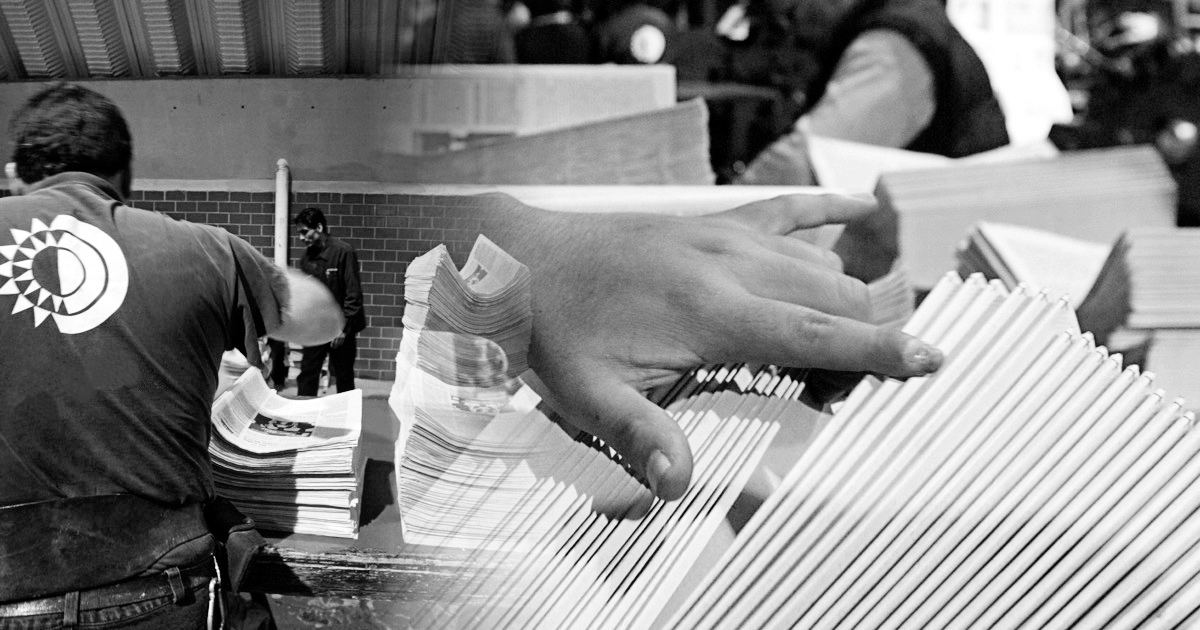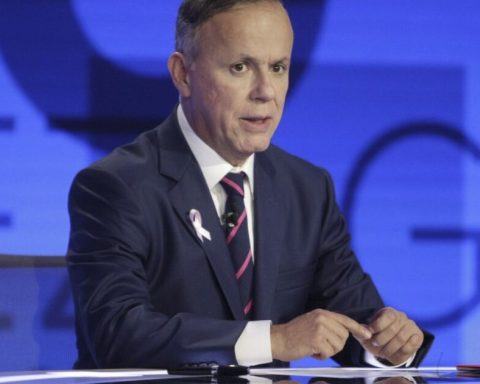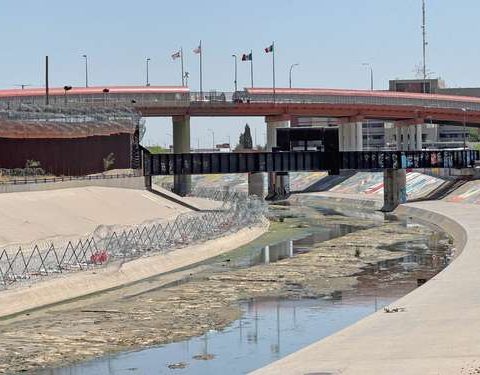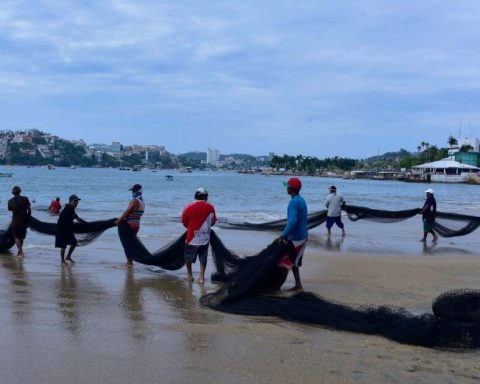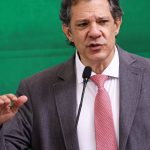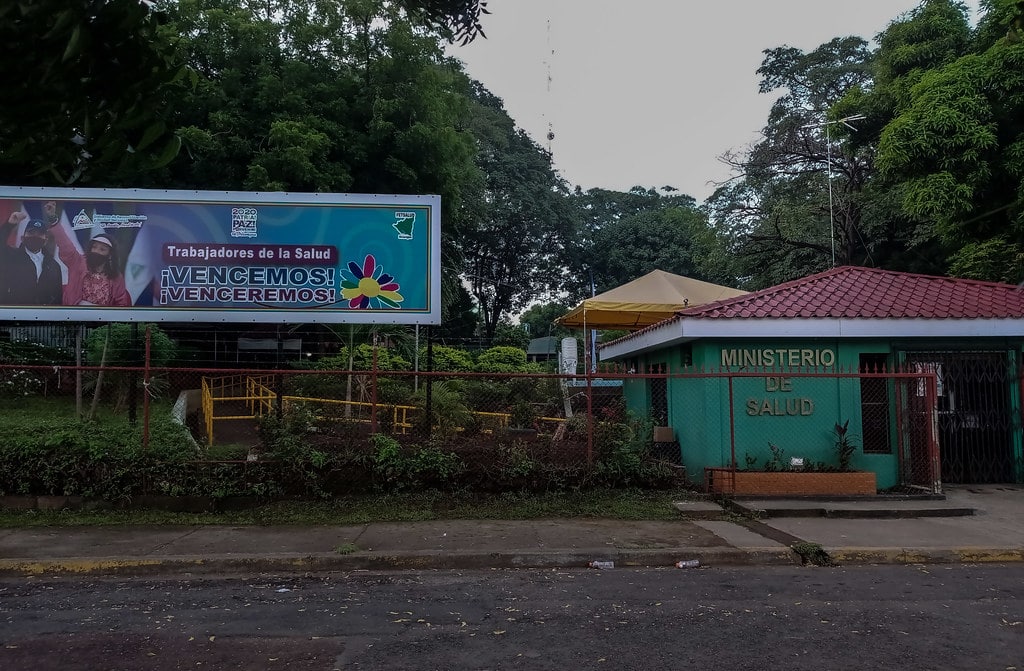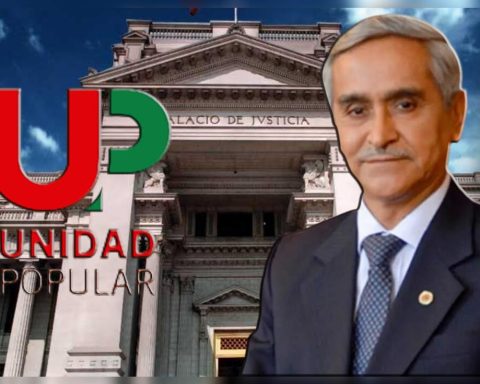AND
the project The educational plan that the Ministry of Public Education (SEP) wrote and is now testing in 100 schools and 30 entities of the Republic seems to have been built in a distant country. Yes, it contains a summary of some previous government initiatives for change, but the struggles and aspirations of students and teachers are completely absent. The attempts of the 1920s and 1930s to start from the communities to extend to the regions, integrate the most transformative social and political demands – agrarian distribution and labor rights – are not taken up there, nor are the struggles of the students for the autonomy of the 1920s and the successful experience of full independence and self-government, in today’s UNAM, from 1934 to 1945.
Neither are the early national wage demands and trade union democracy of 1958, nor the efforts of the Guerrero teachers to add, since the 1960s, the search for justice to social pedagogy. Thus, there was the outline of an educational system and, therefore, of an education that would recover the popular ideology of normalism and the committed spirit of the first decades. If someone considers that this is already the past, they should bear in mind that the 2012 rebellion against the educational reform started precisely with those and those teachers from Guerrero’s rural normalism and that is why it was a movement that never gave up, neither in Oaxaca nor in Chiapas or in Michoacán.
And this was key because the project of Peña Nieto’s six-year term, in 2012, was based precisely on the creation of a new and modern stratum of teachers, light years away from the demands and requirements of 20th-century Mexico and, therefore, undaunted. before those of the 21st century.
The devastating confrontation between the authoritarian idea of education and the libertarian idea promoted by young people in the 1960s is a historical example that shows in the number of murdered, disappeared, tortured and imprisoned that authoritarian centralism in Mexican education is in force in 68, but his mark is also in the Ayotzinapa of 2014-2022.
And hence the importance of, from that educational lesson, going much further in the current project. Because the trade union anti-democracy (SNTE) is still in force, the depressing working conditions (think only of the enormous number of temporary teachers and the absence of bilateralism), and the idea that it is possible to educate for peace and justice in the midst of a river of femicides, murders and disappearances, that is to say, that it is possible to educate without the search for justice being the number one lesson of the new school primer. Without it as a democratic, anti-authoritarian and definitely no longer SEP-centralist project, education will have a new discourse, but one that only half covers the stagnant reality of our rigid and vertical education and will not finally vivify the dim light that barely illuminates the universities and their work.
There will be no struggles of students from the 90s against the evaluation scientific
that decides who and where deserves to be educated, the authoritarian offense that now means putting in the hands of managers the determination of the requirements that young people must meet to access the law
to education, the absence of gratuity, the government call to commercialize knowledge.
More than a century later, with the identical SEP, we make the same promise to the country that Justo Sierra made in 1910. By creating the National University, he ensured that it would never be found looking at the stars while the nation burned at its feet. And just two months later the Revolution started, and nothing changed.
But it’s not just mention. It is to bring this history of the post-revolution to the present: the enormous wealth of experiences, projects and wisdom that in education have been generated and continue to be produced for a century by teachers and students from innumerable social movements, demands and protests, community experiences and educational projects. specific regions. Linking the current project to the history of education in the country is essential if something of it is to survive the dark, authoritarian and corporate reaction that awaits in the corners of the SEP, but also of the SNTE and the nostalgic right of the past .
Who will then defend a project if it stays that way, not beyond good intentions? The only possible defense is the one that comes from history, from women and men, young people and children who see in that proposal their own aspirations and their own history. It will survive without being assimilated if it is the living embers of their struggles and the concrete and real decantation of their emancipatory ideas of education. Then many and many will come out from under the stones to defend something they consider their own, their history and that of those who came before.
Congratulations, UAM retired workers! Well, Situam support.
* UAM-Xochimilco
